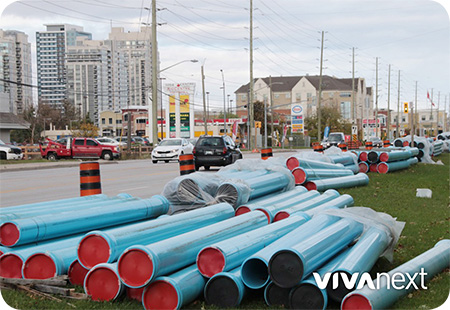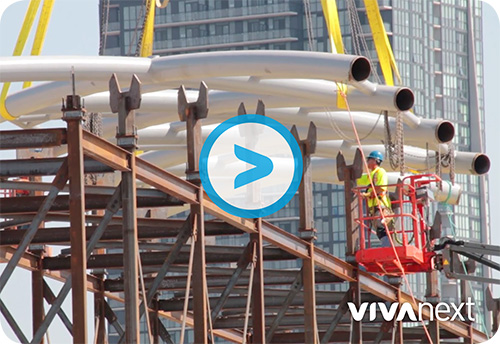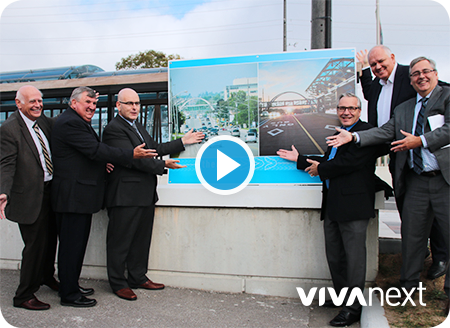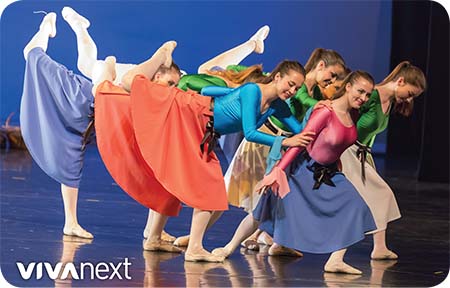In Thornhill, the residents and businesses in and around Bathurst & Centre Streets are getting a new, modern water main. This will not only help to prepare the area for future growth, it’s also simply time to upgrade the old pipes in order to avoid future water main breaks and floods!
Here’s a quick look at how it’s being done:
- It’s already happening. On Bathurst Street, Installation of the water main is well under way, from Centre to the Highway 7 connector ramp. And this month crews are starting up construction of this vital utility on Centre Street, from New Westminster Drive to Dufferin Street.
- Two techniques. The Bathurst section is being done mostly with the directional drilling technique, which reduces disruption to a narrower street. On Centre, since there’s more space beside the road on the south side, we’re combining open cut excavation and directional drilling.
- Taking extra care. When crews install the new pipes beside the current ones, it takes extra care and time. Once the pipes and chambers are in, crews will follow the cleaning and testing processes, all to meet very strict standards.
- Connecting to the new system. When the water main upgrade is ready to connect, residents and businesses will hear from us in advance. Individual addresses are simpler to connect, but businesses and multi-unit residential buildings take longer. Again, we will keep you well informed on what to expect and when.
- Everything is important. As with all vivaNext construction, we’re always working to balance priorities. The biggest is to keep the water on for everyone during the work. Another is to minimize disruption as much as possible.
This key piece of new infrastructure will last for generations to come, and leave a lasting legacy for the Bathurst & Centre community. Check out this utility video to find out more.
For more information on ongoing work be sure to sign up for email updates, and follow us on Twitter. Questions or comments? Comment below or email us at contactus@vivanext.com.










